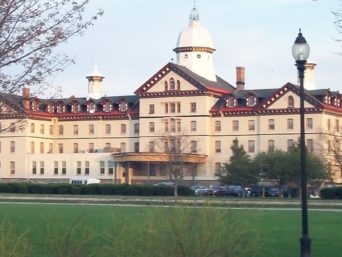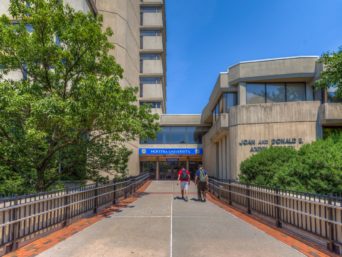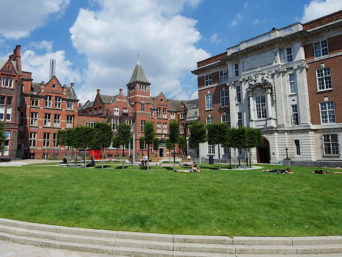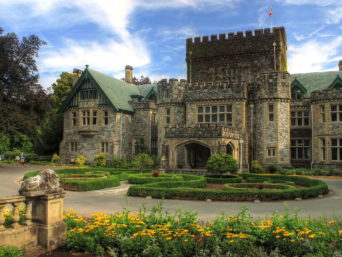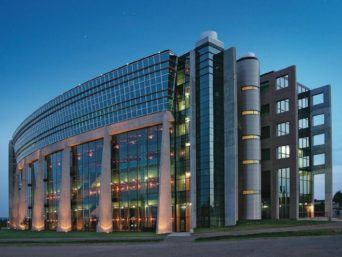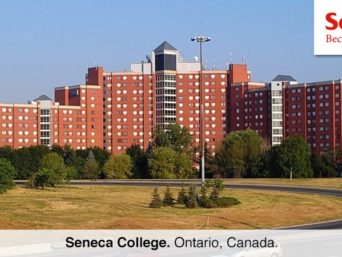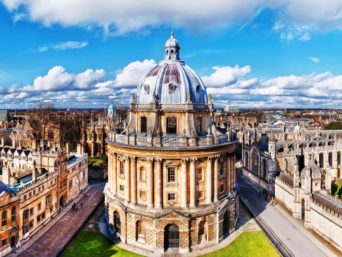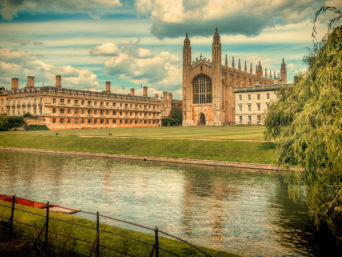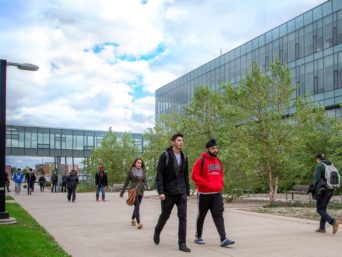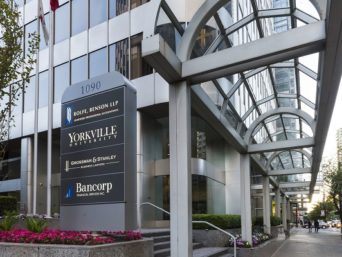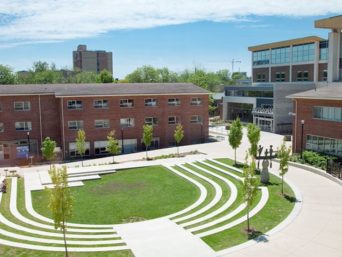About Memorial University
Memorial University of Newfoundland, also known as Memorial University or MUN (/mʌn/), is a university based in St. John’s, with four satellite campuses. Memorial University offers certificate, diploma, undergraduate, graduate, and post-graduate programmes, as well as online courses and degrees. Memorial’s five campuses include St. John’s, Corner Brook, and Harlow, Essex, United Kingdom.
Founded in September 1925 as a living memorial to Newfoundlanders and Labradoreans who died in the First World War, Memorial is one of the largest universities in Atlantic Canada, and Newfoundland and Labrador’s only university. As of 2018, there were a reported 1,330 faculty and 2,474 staff, supporting 18,000 students from nearly 100 countries.
A large part of Memorial’s research and development is related to oceans,failed verification] much of which overlaps with teaching and learning initiatives, and public engagement opportunities.

Founding
At its founding, Newfoundland was a dominion of the United Kingdom. Memorial University began as Memorial University College (MUC), which opened in September 1925 at a campus on Parade Street in St. John’s. It was founded to honor war dead from World War I, to provide a way of educating school teachers for the local religious schools, and to offer students higher education locally. Before that, there was no path to post-secondary education on the island; students had to go to Canada or to England. Students were first admitted into a non-degree programme in 1925. The original location on Parade Street in St. Johns was established with the help of a grant from the Carnegie Corporation of New York. It is the most recent of universities in Atlantic Canada.
The college was established as a memorial to the Newfoundlanders who had lost their lives on active service during the First World War.[8] It was later rededicated to also encompass the province’s war dead of the Second World War.
The first president was J. L. Paton. It offered the first two years of university studies. MUC’s initial enrollment was 57 students, rising to a peak of over 400 in the 1940s. In 1933 it merged with the adjacent Normal School and took responsibility for teacher training

